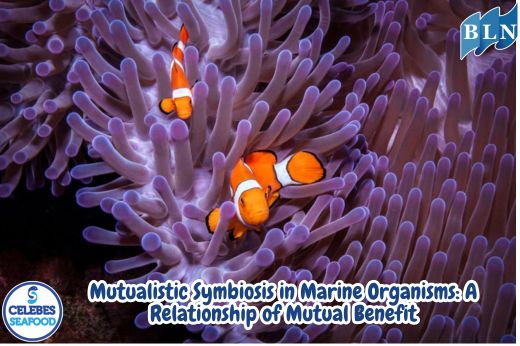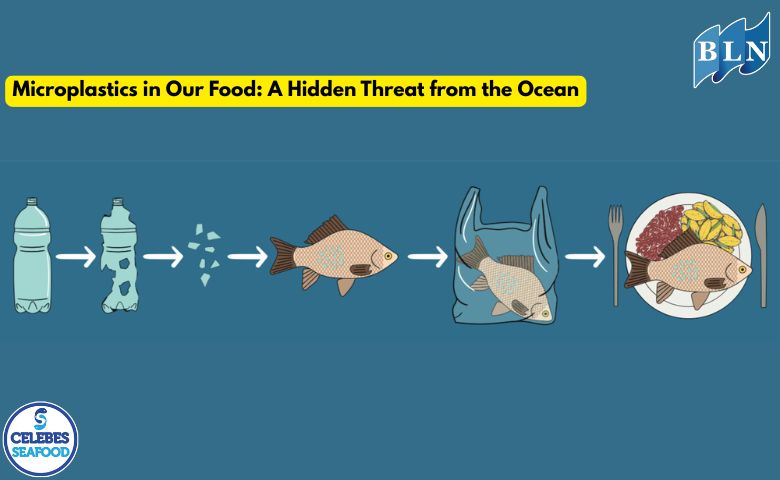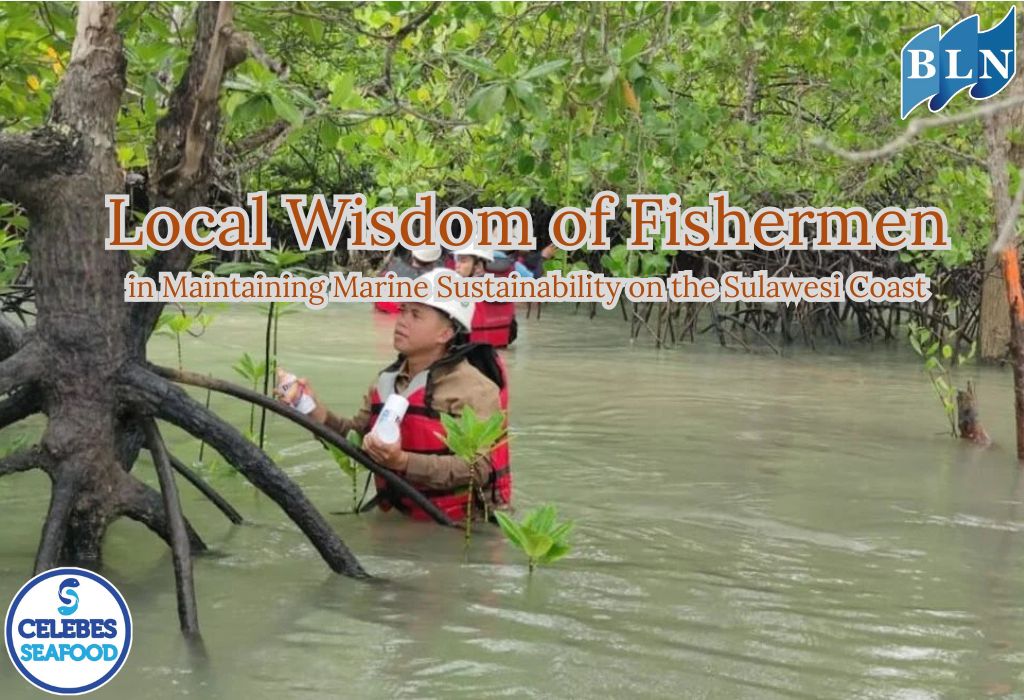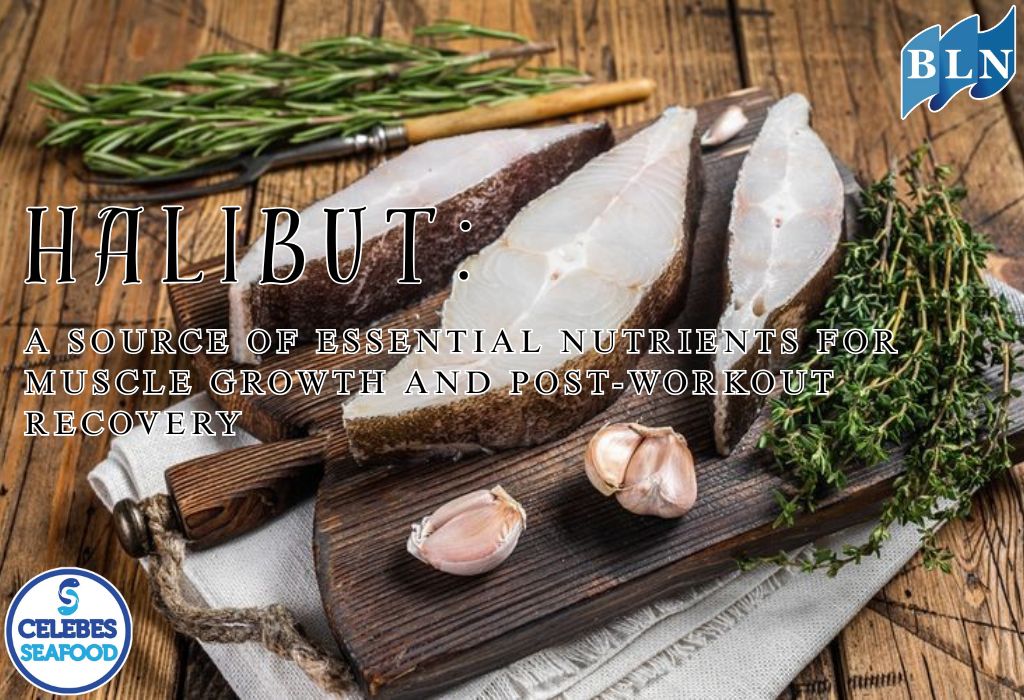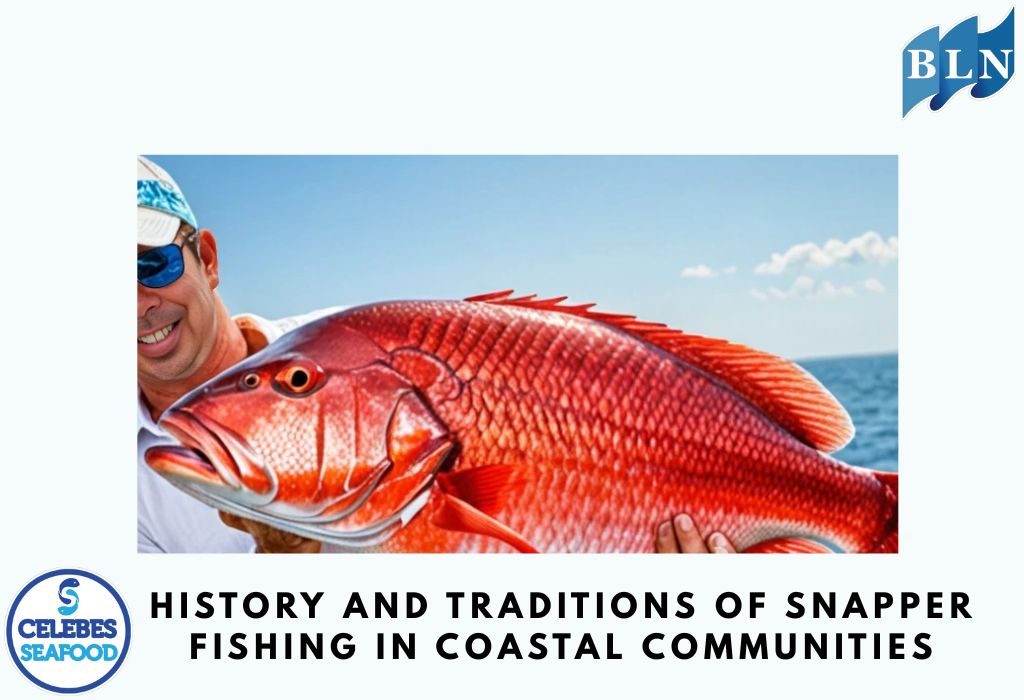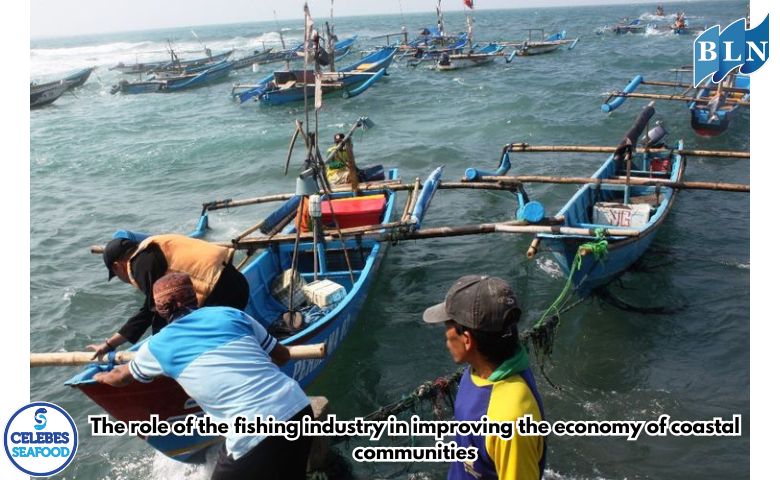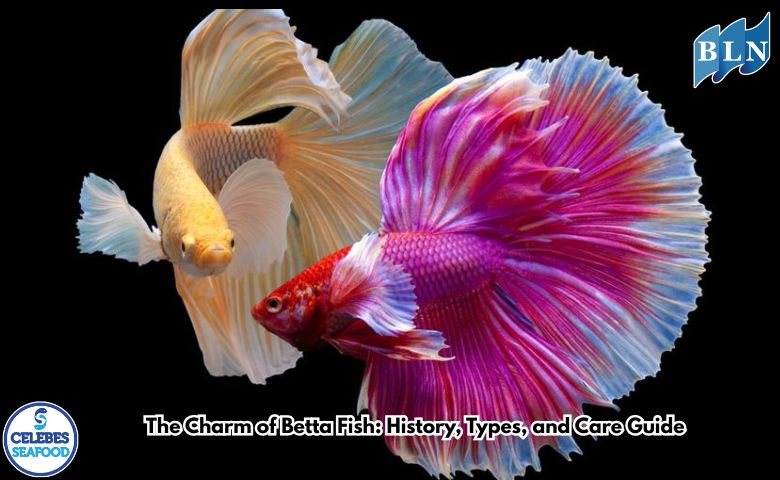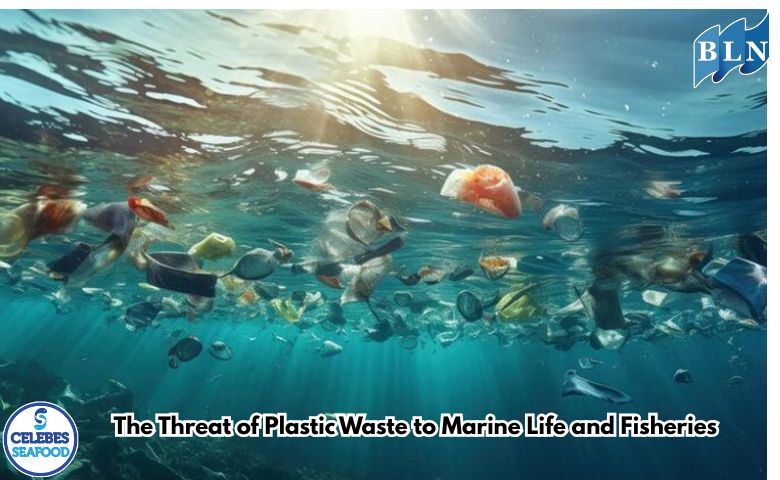Indonesia's Maritime Potential: Opportunities and Challenges to Become a Global Maritime Axis
By. Tri - 07 Aug 2025.jpg)
lautnusantara.com Indonesia, as the world's largest archipelagic nation with the second-longest coastline after Canada, possesses enormous maritime potential. The government's "Global Maritime Axis" vision aims to make Indonesia a sovereign, advanced, prosperous, and respected maritime nation. This potential extends beyond natural resources, but also encompasses its strategic geographic location, marine biodiversity, and rich maritime culture.
Indonesia's Great Opportunities
There are several significant opportunities that Indonesia can capitalize on to realize the Global Maritime Axis vision:
- Strategic Geographical Position: Indonesia is located between two oceans (the Indian and Pacific) and two continents (Asia and Australia). This position makes Indonesia a vital international trade shipping route, connecting global markets.
- Natural Resource Wealth: Indonesian waters are home to extraordinary marine biodiversity. The potential for capture fisheries, aquaculture, renewable energy (such as tidal energy), and seabed minerals is abundant.
- Marine Tourism: Indonesia's underwater beauty, such as in Raja Ampat, Bunaken, and Labuan Bajo, is a major attraction for international tourists. This marine tourism sector can be a driving force for the local economy.
- Shipping and Logistics: By developing major ports and an integrated maritime logistics system, Indonesia can become an efficient regional logistics hub, reducing shipping costs, and increasing economic competitiveness.
Challenges to be Faced
Despite its enormous potential, Indonesia also faces several serious challenges:
- Illegal, Unreported, and Unregulated Fishing: Indonesia's vast waters are difficult to monitor comprehensively, resulting in widespread illegal fishing by foreign vessels. This costs the state trillions of rupiah annually and damages marine ecosystems.
- Uneven Infrastructure: Indonesia's port, shipyard, and shipping infrastructure remains inadequate and unevenly distributed. This gap hinders inter-island connectivity and logistics efficiency.
- Marine Environmental Deterioration: Plastic pollution, industrial waste, and destructive fishing practices (such as the use of bombs and poisons) threaten the sustainability of marine ecosystems, including coral reefs and fish habitats.
- Inter-Agency Coordination: The large number of ministries and institutions with authority in the maritime sector often leads to overlapping policies and a lack of effective coordination in marine resource management.
By seriously addressing these challenges and capitalizing on existing opportunities, Indonesia can truly become a Global Maritime Axis, not just a slogan.
If you are interested in our Goldband Snapper Fillet Skin On, Goldband Snapper Fillet Skinless please do not hesitate to contact us through email and/or whatsapp.
